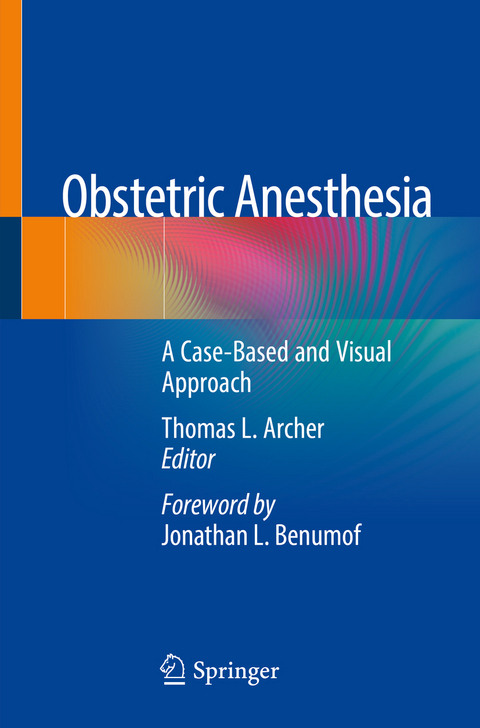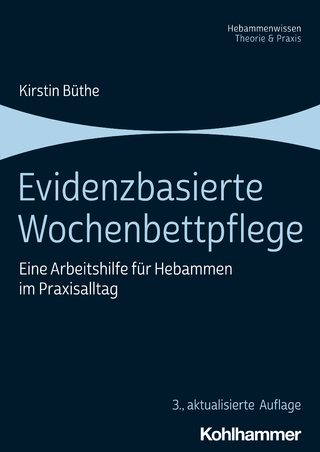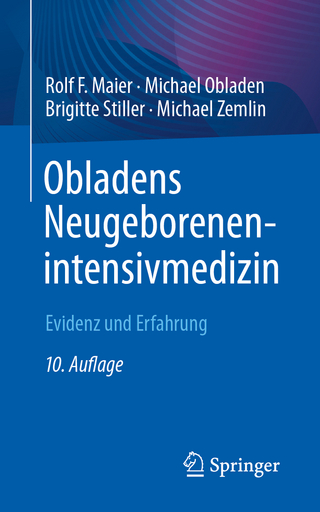
Obstetric Anesthesia
Springer International Publishing (Verlag)
978-3-030-26476-5 (ISBN)
Thomas L. Archer, MD, MBAClinical Professor from 2008-2015Department of AnesthesiologyUniversity of California San Diego School of MedicineSan Diego, California, USA.
Section One: Pregnancy, anesthesia and threats to fetal oxygenation.
Chapter 1: Normal pregnancy, labor and delivery-- without epidural analgesia.
Chapter 2: Neuraxial anesthesia and the supine position cause non-reassuring fetal status.
Chapter 3: Hyperstimulation.
Chapter 4: Scheduled repeat Cesarean delivery.
Section Two: Postpartum hemorrhage.
Chapter 5: Uterine atony: the most common cause of postpartum hemorrhage.
Chapter 6: Hypovolemic shock.
Chapter 7: A traumatic cesarean delivery with consumptive coagulopathy.
Chapter 8: Trial of labor after cesarean delivery (TOLAC), with uterine dehiscence and emergency cesarean delivery under general anesthesia.
Section Three: More obstetric crises.
Chapter 9: High spinal.
Chapter 10: Prolapsed umbilical cord.
Chapter 11: A patient delivers vaginally after an eclamptic seizure.
Chapter 12: Cesarean delivery under general anesthesia in a septic patient.
Section Four: More challenging cases.
Chapter 13: Morbidly obese preeclamptic patient with difficult IV access for urgent cesarean delivery.
Chapter 14: Patient with known placenta previa and accreta for elective cesarean hysterectomy.
Chapter 15: A patient with severe idiopathic pulmonary hypertension delivers her fourth child.
Section 5: Successful neuraxial anesthesia.
Chapter 16: Fooling ourselves: intravenous fentanyl creates the illusion of a successful epidural.
Chapter 17: What not to do during uterine contractions-- three vignettes with one simple lesson.
Chapter 18: A one-sided epidural.
Chapter 19: Dosing an epidural for "back labor."
Chapter 20: Management of a patient with an unsatisfactory labor epidural, now going for cesarean delivery.
Chapter 21: Rescuing a low spinal.
Chapter 22: A failed epidural followed by a failed spinal (Part 1).
Chapter 23: A failed epidural followed by a failed spinal (Part 2).
Chapter 24: Labor epidural for a patient with scoliosis.
Section 6: Anesthetic complications.
Chapter 25: Wrong medication.
Chapter 26: Headache after dural puncture with an epidural needle.
Chapter 27: Neurological deficit after neuraxial analgesia for labor and vaginal delivery.
Chapter 28: Left sciatic neuropathy after cesarean delivery in an obese, diabetic patient.
Chapter 29: Vasopressin, used as a vasopressor during cystoscopy, causes non-reassuring fetal status.
Chapter 30: Emergency cesarean delivery after repair of an ankle fracture.
Chapter 31: Another spinal mishap.
Section 7: Dysfunctional labor and uterine oxygenation: a theory.
Chapter 32: Cardiac output-guided resuscitation of the uterus: an obese patient has dysfunctional labor which resolves with position change. Coincidence or possible therapy?
"I found this book to be imaginative and covers almost all problems faced in obstetric anesthesia practice. It provides a good understanding of the physiological, clinical, and psychological aspects of labor and cesarean delivery, and the basic principles and techniques used to manage each." (Nishant Kumar, Anesthesia & Analgesia, Vol. 132 (2), February, 2021)
| Erscheinungsdatum | 23.02.2020 |
|---|---|
| Zusatzinfo | XXV, 309 p. 175 illus., 169 illus. in color. |
| Verlagsort | Cham |
| Sprache | englisch |
| Maße | 155 x 235 mm |
| Gewicht | 632 g |
| Themenwelt | Medizin / Pharmazie ► Gesundheitsfachberufe ► Hebamme / Entbindungspfleger |
| Medizin / Pharmazie ► Medizinische Fachgebiete ► Anästhesie | |
| Medizin / Pharmazie ► Medizinische Fachgebiete ► Gynäkologie / Geburtshilfe | |
| Schlagworte | case approach • hand-held echocardiography videos • obstetric anesthesia • obstetric intensive care • visual approach |
| ISBN-10 | 3-030-26476-9 / 3030264769 |
| ISBN-13 | 978-3-030-26476-5 / 9783030264765 |
| Zustand | Neuware |
| Haben Sie eine Frage zum Produkt? |
aus dem Bereich


